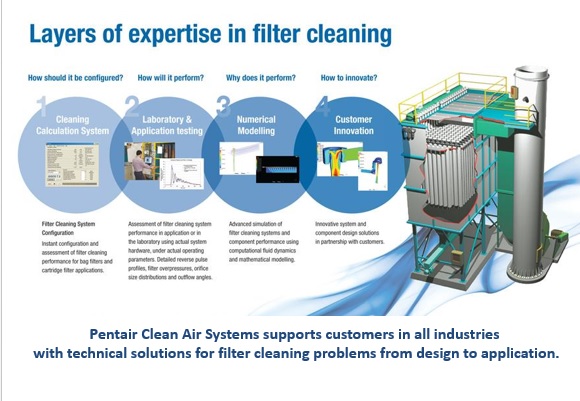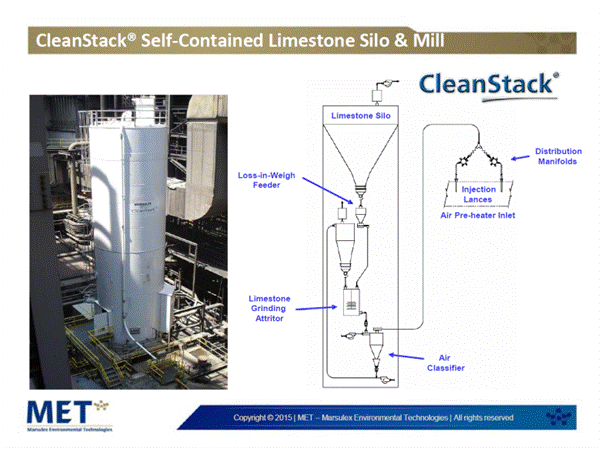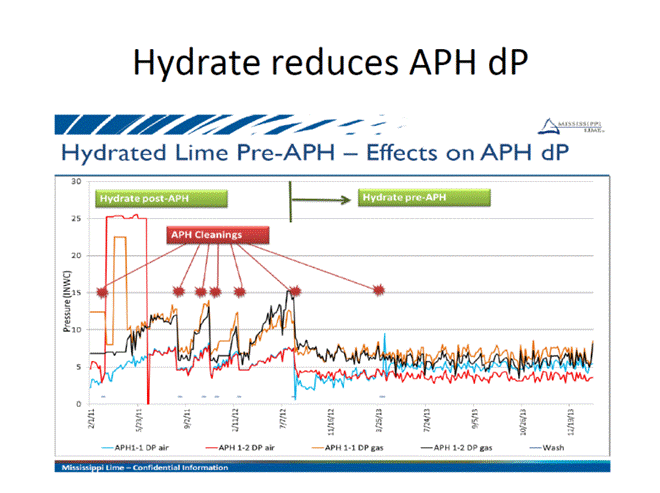
Coal Gasification is a Big Business with Lots of Challenges
This was the conclusion reached in the Hot Topic Hour yesterday. GE has 150
gasifier systems in operation with many more under planning and construction.
South Korea, India, Mongolia, and the Ukraine are all realizing that coal can be
the lowest cost source for gas, chemicals, and fuels.
China is the leading purchaser. Here is the McIlvaine forecast for gas in
China in billions of m3 per year.
|
Gas Use In China |
||
|
Source |
2025 BCM (Others) |
2025 BCM (McIlvaine) |
|
Conventional |
100 |
100 |
|
Shale |
20 |
50 |
|
Pipeline imports |
20 |
50 |
|
LNG |
20 |
40 |
|
Coal to gas including CBM and UBC |
50 |
200 |
|
TOTAL |
210 |
440 |
The first column is the aggregate forecasts of the industry as of last year. The
second column represents the McIlvaine forecast based on the assumption that
China executes its proposed plan in entirety. If China does gear up to provide
200 billion m3/yr of gas from coal, it will change the world’s energy
picture in a major way.
Coal gasification is the largest present use of ceramic and metal high
temperature filter elements.
Stack Gas Volume flowing through High Temperature Filter Elements
|
Application |
Hot gas volume- millions of cfm |
Growth rate % |
% 850°F in place |
850°F elements in place in millions of cfm |
Growth rate
850°F |
|
Coal -fired power |
8000 |
4 |
0.001 |
0.8 |
300 |
|
Coal Gasification |
15 |
15 |
50 |
7.5 |
3 |
|
Cement |
100 |
4 |
0 |
0 |
3 |
|
Industrial including Gasification |
2000 |
4 |
0.4 |
8 |
5 |
Coal Gasification Overview by Bob
McIlvaine - Hot Topic Hour February 12, 2015
McIlvaine believes that coal-fired power plants should take advantage of all
technology to improve plant efficiency as well as to cost-effectively meet the
environmental requirements.
Revision Date:
2/13/2015
Tags:
221112 - Fossil Fuel
化石燃料,
221112 - Fossil Fuel
化石燃料,
McIlvaine, Filter Elements
Large pipeline and power plant gasifers are presently processing more than 7.5
million cfm of flue gas through high temperature filters (some goes through
scrubbers). Industrial gasifiers add to this total. Other industrial
applications such as refinery catalytic crackers, smelters, chemical plants,
etc. are using candles. There many such applications but most are only small,
e.g. 5,000 cfm.
Coal-fired power plants nearly all use low temperature filtration. Ninety percent process the gas at 350°F through electrostatic precipitators. The total is over 8 billion cfm. The new particulate regulations around the world are forcing these plants to gut the precipitators and replace them with media filters. There are many reasons why high temperature ceramic filters should be the replacement choice. An article on this appears later. If this were to occur the market for elements would be billions of dollars per year.
Mike Bockelie
of Reaction Engineering discussed ways to solve the fouling of
syngas coolers. This study for DOE
evaluated three options including:
Sorbent injection was investigated to remove metal sulfides, vanadium and sodium
Sorbents considered were
Testing determined that the sorbents present a viable solution. The fouling was
due to sub-micron particulate adhesion. The sorbents captured 90% of this
particulate.
In the Q &A the question was posed as to whether the sorbent would also result
in lower stack gas emissions. Mike said that this had not yet been investigated.
Another question was whether sorbent injection could be a way to eliminate the
SO2 scrubber. Mike
thought that the erosion in the cooler would be a problem.
Mike discussed ways to solve the fouling of syngas coolers.
Revision Date:
2/13/2015
Tags:
221112 - Fossil Fuel
化石燃料,
221112 - Fossil Fuel
化石燃料,
Reaction Engineering International, Filter Elements
Keith Moore
of CastleLight provided details on the in-furnace gasification
system. Coal is first beneficiated.
Limestone is mixed with it and then the mix is gasified.

NOx and sulfur are reduced to low levels. There is a substantial
efficiency increase. Keith observed that the existing electrostatic precipitator
may have to be replaced with a baghouse to meet MACT, but no other major
equipment would be required.
Keith believes that this is a cost-effective retrofit option for the older
utility coal-fired power plants and for industrial boilers.
Bob McIlvaine observed that many owners may be concerned that this approach is
attractive only if it meets all the emission limits both present and future.
If additional SO2, NOx, or mercury removal is
needed then the cost could be substantial. However, the new catalytic filter,
DSI, high efficiency heat exchanger route could provide the flexibility to cost
effectively provide greater emission reduction. Keith expressed interest in
pursuing this and McIlvaine promised to send the schematic proposing a flexible
program.
Keith provided details on the in-furnace gasification system. Coal is first
beneficiated. Limestone is mixed with it and then the mix is gasified.
Revision Date:
2/13/2015
Tags:
221112 - Fossil Fuel
化石燃料,
221112 - Fossil Fuel
化石燃料,
CastleLight Energy, Filter Elements
NEW APPROACHES TO POWER PLANT APC
The Catalytic Filter-DSI-HE Heat Exchanger-Mercury Module Option
Clear Edge,
Trimer, and Lhoist have considerable experience with
a technology to take out all the pollutants in one chamber. Now Haldor
Topsoe and FLS are teaming to offer catalytic filter
elements with a big investment in new facilities and expanded staff.
McIlvaine believes that coal- fired power plants should take advantage of
this technology to improve plant efficiency as well as to cost-effectively meet
the environmental requirements. An entire new free website is being populated
with the details.
http://www.mcilvainecompany.com/HotGasAnalysis/Subscriber/Default.htm
The concept involves removing the existing rotary heat exchanger and
electrostatic precipitator and replacing it with the following train.

What are the advantages of this approach?
There are hundreds of thousands of candles in operation. There are many
thousands with the embedded catalyst.
The performance, maintenance requirements and life have been impressive
on glass furnaces, biomass combustor, waste-to-energy plants, and mining
operations. Component suppliers such as Pentair Goyen are
designing pulse cleaning systems specifically for these elements. With the new
manufacturing facilities in Houston Haldor Topsoe will add
substantially to the supply capacity.
The conclusion by McIlvaine is that this technology is a very viable
alternative. If a plant wants to sell flyash and gypsum then it will not be
attractive. However, smaller plants will find this process very attractive.
Large plants would be well advised to consider the catalytic filter for dust and
NOx and a separate SO2 removal unit. The Chinese plants,
which already have wet FGD but need to upgrade particulate and NOx
controls, would be well suited to this approach. They could use condensing heat
exchangers such as available from B&W.
HCl Scrubbing and Rare Earth recovery from Coal-fired Power Plants and Gasifiers
There are two proven technologies; but for the first time there is a proposition
to marry the two and make coal much more attractive as a fuel source.
McIlvaine has long been advising power plants to consider making hydrochloric
acid in a two scrubber system. Bob
McIlvaine was President of Environeering in 1970 when United
Engineers bought HCl and SO2 scrubbing systems from the
company for Philadelphia Electric.
These systems operated for more than 25 years.
Relative to coal gasifers, the E gas system has a separate HCl scrubber.
McIlvaine also suggests that the GE particulate scrubber could be
run at low ph and produce hydrochloric acid. China is now mining flyash to
recover large quantities of rare earth elements and metals. One of the leaching
methods is with hydrochloric acid. Why buy hydrochloric acid when you can make
it as part of the process? The
schematic below is a way to marry both processes.

Neumann has a contract from DOE to extract REEs and metals in
conjunction with a scrubbing system which it is installing at Colorado
Springs Public Utilities. The proposed approach differs by proposing
that rather than buy acid, the power plant can make it.
The HCl content does not have to be high.
The first stage scrubber starts with water and then reaches equilibrium
with 30 percent dirty acid. A portion is bled to maintain this percentage.
The advantages of using high chlorine coals would be that these coals are less
expensive and the byproduct sales volume of acid will be higher.
The Chinese believe coal flyash is already a very attractive source for REEs.
This new approach would make it even more attractive.
Gasification Air Pollution Control
Webinar - Hot Topic Hour February 12, 2015
Coal Gasification is a Big Business with Lots of Challenges.
Revision Date:
2/13/2015
Tags:
221112 - Fossil Fuel
化石燃料,
221112 - Fossil Fuel
化石燃料,
Reaction Engineering International, McIlvaine, CastleLight Energy, Filter